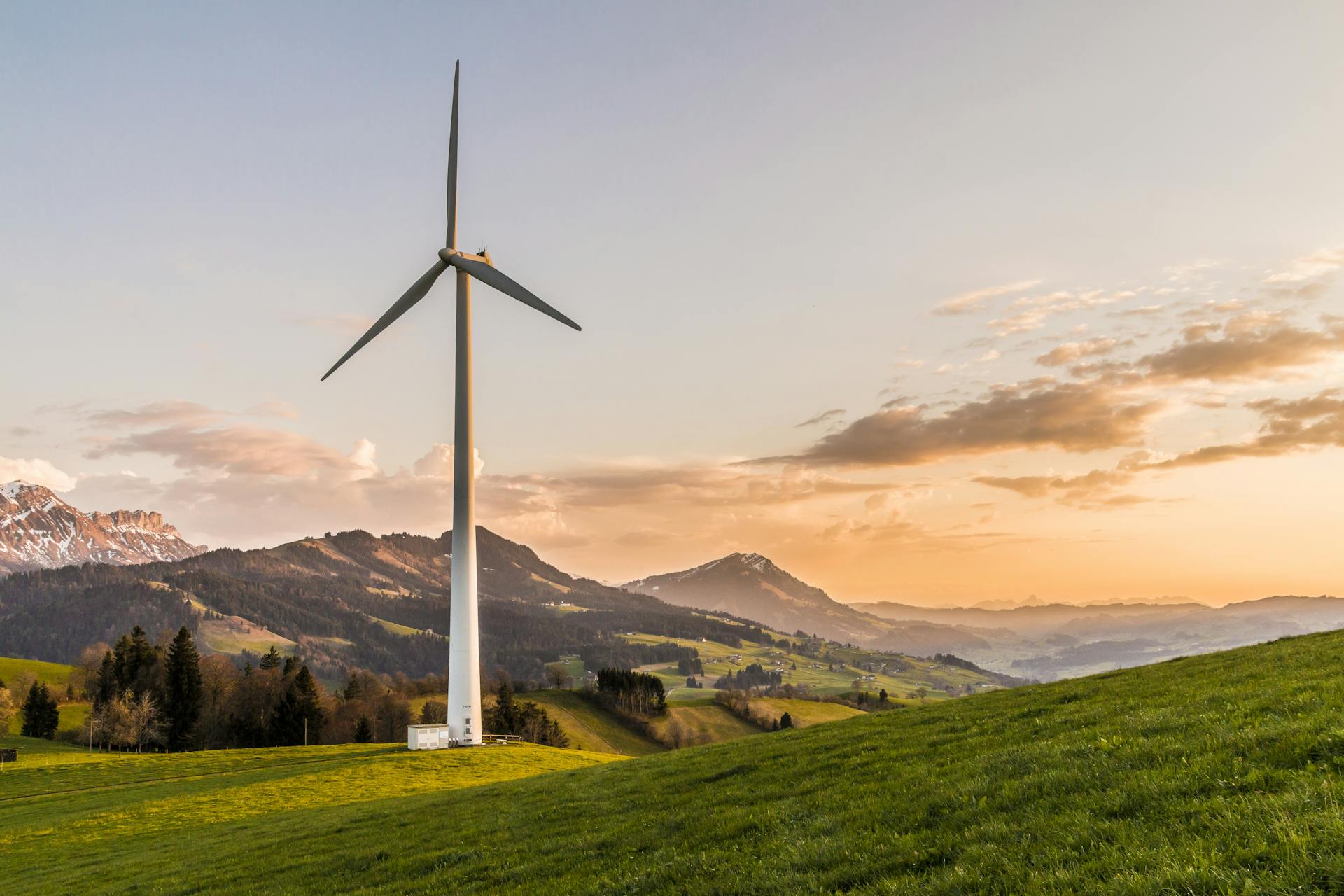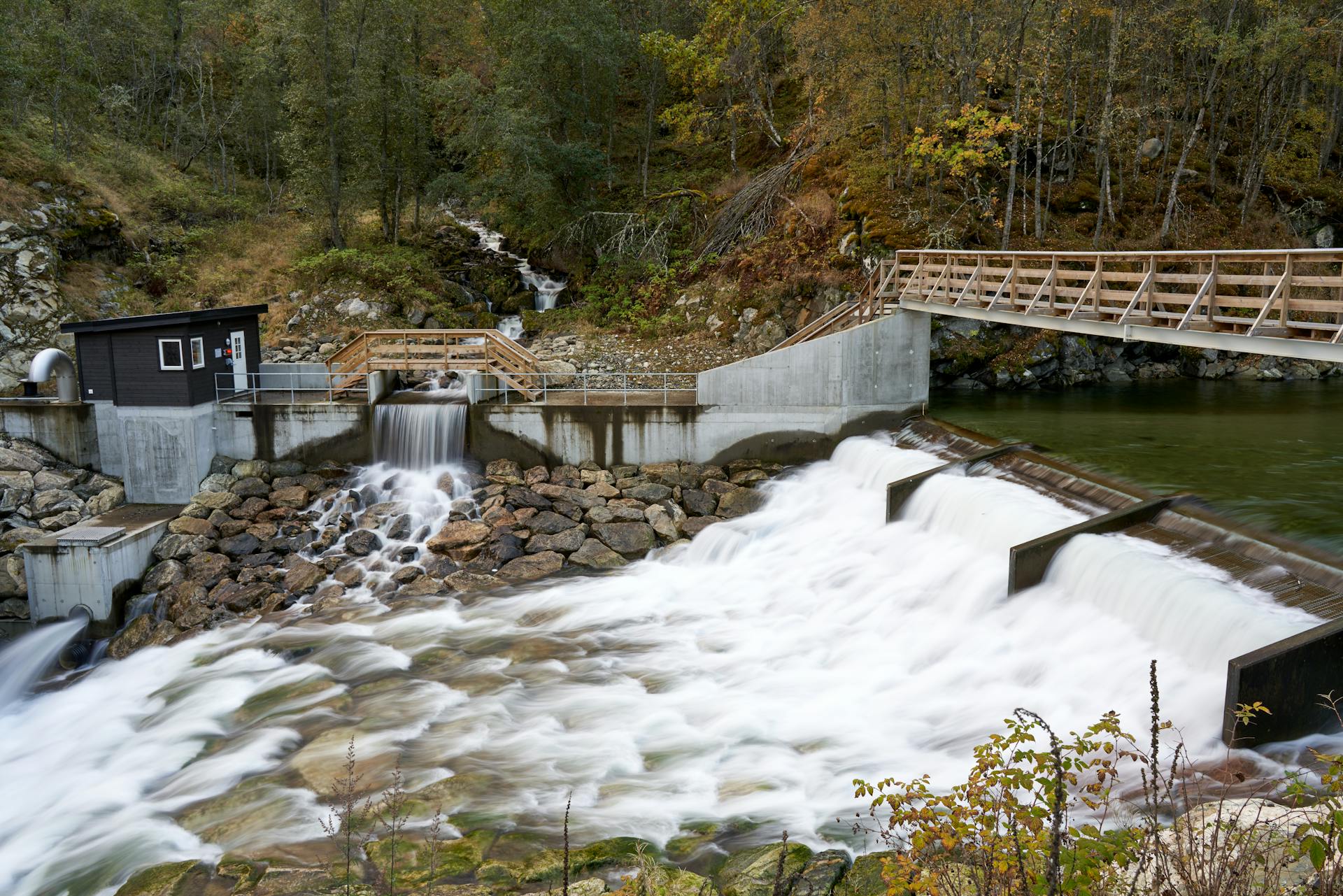Introduction
As the world increasingly turns to renewable energy sources to combat climate change, wind power has emerged as a leading contender. Among the various options available, offshore and onshore wind farms stand out as two prominent approaches to harnessing the power of the wind. Each method offers distinct advantages and faces unique challenges, sparking a lively debate about which is better suited to meet our future energy needs.
In this article, we will delve into a detailed comparison of offshore and onshore wind farms. We’ll explore the benefits and drawbacks of each, from the cost implications and environmental impacts to technological innovations and logistical considerations. By examining these factors and the latest trends shaping the wind energy landscape, we aim to provide a clear understanding of how these two approaches are driving the future of wind power.
Understanding Wind Farm Types
Wind farms come in two primary types: offshore and onshore. Onshore wind farms are installed on land, where wind turbines harness the energy of the wind to generate electricity. These farms are typically located in areas with favorable wind conditions, such as open plains or elevated terrains. Offshore wind farms, on the other hand, are situated in bodies of water, often several miles from the shore. These installations take advantage of the stronger and more consistent winds found at sea.
The key distinctions between offshore and onshore wind farms lie in their location, scale, and technology. Onshore wind farms are generally more accessible and less costly to build and maintain, while offshore wind farms benefit from higher and more stable wind speeds. Technologically, offshore wind farms require more robust infrastructure to withstand harsh marine conditions, such as advanced floating platforms or fixed-bottom structures. The scale of offshore wind farms can also be significantly larger, as they are not constrained by land availability.
Pros of Offshore Wind Farms
One of the most notable advantages of offshore wind farms is their access to higher wind speeds and consistency. The wind speeds at sea are typically stronger and more reliable than those on land, leading to higher energy production and efficiency. Additionally, offshore wind farms have a reduced visual impact compared to their onshore counterparts. Located away from populated areas, these installations are less likely to disrupt scenic landscapes or affect local communities.
Offshore wind farms also offer larger scale potential. The vast open spaces of the ocean allow for the deployment of larger and more numerous turbines, which can produce significant amounts of electricity. Furthermore, offshore wind farms can contribute to protecting land-based ecosystems. By placing turbines at sea, the pressure on terrestrial habitats is reduced, which helps to preserve natural landscapes and biodiversity on land.
Cons of Offshore Wind Farms
Despite their advantages, offshore wind farms come with their own set of challenges. Higher costs are a major drawback. The expenses associated with the construction, installation, and maintenance of offshore wind turbines are significantly greater than for onshore farms due to the need for specialized equipment and technology. Additionally, there are considerable technical challenges involved in building and operating turbines in a marine environment, including dealing with corrosion, harsh weather conditions, and deep water installation.
Impact on marine ecosystems is another concern. Offshore wind farms can potentially affect marine life and habitats, from seabirds to underwater flora and fauna. Careful planning and environmental assessments are necessary to mitigate these impacts. Moreover, the logistical issues of transporting materials and accessing remote offshore sites add complexity to the development and maintenance of these farms.
Pros of Onshore Wind Farms
Onshore wind farms are often preferred for their lower costs compared to offshore projects. The construction and maintenance expenses are generally reduced because the infrastructure and operations are simpler. Easier access for construction, maintenance, and operation also makes onshore wind farms more manageable. This accessibility allows for quicker response times for repairs and upgrades.
Onshore wind farms can be more easily integrated into local communities, allowing for greater public engagement and support. They also benefit from faster deployment timelines; projects can be completed more quickly on land, which is advantageous for meeting urgent energy demands or policy goals.
Cons of Onshore Wind Farms
One of the challenges of onshore wind farms is their potential for lower wind speeds compared to offshore sites. Wind conditions on land can be less consistent and weaker, which may limit the energy output of the turbines. Additionally, onshore wind farms can have a visual and noise impact on local communities, potentially affecting property values and quality of life.
The use of land for onshore wind farms can also lead to issues related to land use and environmental impact. These farms may compete with agricultural activities or natural habitats, leading to potential ecological disruptions. Furthermore, the space limitations on land can restrict the scale of wind farms, potentially limiting their energy production capacity compared to offshore installations.
Future Trends in Wind Energy
The future of wind energy is set to be shaped by several exciting trends and innovations. Technological advancements are leading to more efficient and versatile wind turbines, such as floating wind turbines that can be deployed in deeper waters and advanced materials that enhance turbine performance. These innovations are expected to overcome some of the current challenges associated with offshore and onshore wind farms.
Policy and investment trends will play a crucial role in the development of wind energy. Governments and private investors are increasingly committing resources to support renewable energy projects, including wind farms. This support is essential for accelerating the deployment of wind energy and achieving climate goals.
Hybrid solutions that combine offshore and onshore wind resources are also emerging. By integrating different types of wind farms, energy providers can optimize production and improve grid stability. Finally, global developments in wind energy are advancing rapidly, with various regions exploring new projects and technologies that will impact the international wind energy market.
Conclusion
In summary, both offshore and onshore wind farms offer distinct benefits and face unique challenges. Offshore wind farms excel in harnessing stronger and more consistent winds, offering larger scale potential and reduced visual impact. However, they come with higher costs and technical complexities. Onshore wind farms, while generally more affordable and easier to access, face limitations related to wind speeds and land use.
As the wind energy sector evolves, technological advancements and supportive policies will play a critical role in shaping the future of both offshore and onshore wind farms. Embracing these developments will be key to optimizing the benefits of wind power and driving the transition to a more sustainable energy future.


